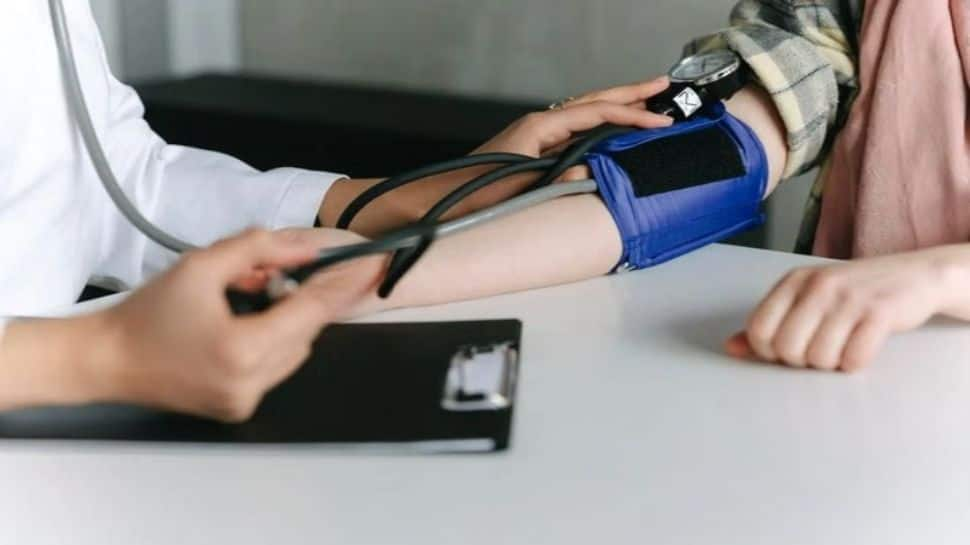New Delhi: The American Heart Association (AHA) has rewritten the rulebook on high blood pressure. The update comes as research highlights hypertension as the most common and preventable contributor to heart attacks, strokes, dementia, chronic kidney disease and early death.
“For the first time, guidelines are firm about addressing high BP from the very beginning. They stress prevention, thorough testing, lifestyle management and early use of medication if necessary,” says Dr Balbir Singh, chairman of cardiac sciences at Max Healthcare.
He points out that Indians have a higher genetic predisposition to heart disease, making these changes especially important. “The guidelines have key takeaways for early prevention, particularly for populations like ours,” he adds.
Blood pressure readings are expressed in millimetres of mercury (mm Hg) and consist of two numbers: systolic (pressure when the heart pumps) and diastolic (pressure when the heart rests). Previously, 130/90 mm Hg was considered the threshold for concern. Now, the AHA defines normal blood pressure as less than 120/80 mm Hg.
“Your ideal BP should now be around 115-119/70-79 mm Hg,” Dr Singh explains.
The new framework also includes elevated BP at 120-129/When Medication Is Needed
Lifestyle changes remain the first line of defense. “Stage 1 hypertension, or 130-139 mm Hg, should be managed with diet, exercise and stress control. Medication is introduced if readings persist or diastolic rises to 80-90 mm Hg. A single drug is advised,” he says.
For stage 2 hypertension above 140/90 mm Hg, treatment begins with two medications. “Using drugs that act through different mechanisms works better than a single high-dose medication,” he explains.
Recommended Tests
The guidelines now emphasise thorough testing to uncover hidden causes. Liver and kidney function tests, sodium-potassium balance, uric acid and blood sugar profiles are standard.
New mandatory tests for stage 2 hypertension include urine albumin-to-creatinine ratio and aldosterone-to-renin ratio. “These tests help detect kidney damage and hormone-driven high blood pressure, especially for patients with sleep apnea, diabetes, pregnancy complications or pre-existing kidney issues,” Dr Singh says.
Potassium intake has also gained prominence. “Potassium-rich salt substitutes or dietary sources can help control BP, except in patients with kidney disease,” he adds.
Prevention And Lifestyle
The AHA reiterates tried-and-true measures. Limit sodium to 2,300 mg per day, ideally 1,500 mg. Quit smoking, moderate alcohol and manage stress through yoga, meditation or breathing exercises.
Aim to reduce body weight by at least five per cent and stay active for 75-150 minutes weekly through aerobic or resistance exercises.
The DASH eating plan remains a cornerstone: fruits, vegetables, whole grains, legumes, nuts, lean meats, poultry and fish, with low fat content. Regular home BP monitoring complements these efforts.
“Prevention is always better than treatment. These guidelines make it clear that early intervention and healthy lifestyle habits can dramatically lower risks and protect your heart, brain and kidneys,” Dr Singh concludes.

